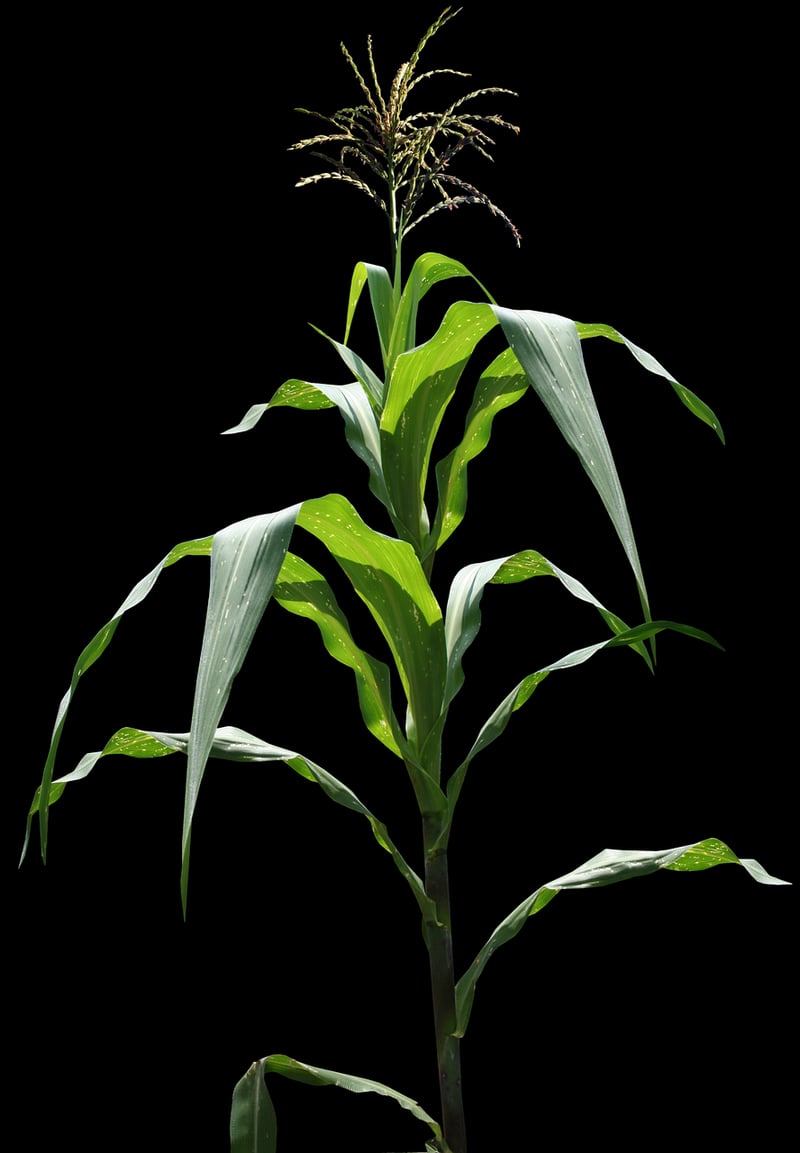Sustainable Pest Control
Promoting Biodiversity for Sustainable Pest Control
When it comes to pest control, a sustainable approach that promotes biodiversity can offer long-term solutions that benefit both the environment and agriculture. By encouraging a diverse range of plant and animal species in and around farms, natural pest control methods can thrive, reducing the need for harmful chemicals and preserving ecosystem balance.
The Importance of Biodiversity in Pest Control
Biodiversity plays a crucial role in maintaining healthy ecosystems and pest control. By creating habitats that support a variety of species, farmers can attract natural predators of pests, such as birds, insects, and beneficial microbes. These predators help keep pest populations in check, reducing the need for synthetic pesticides that can harm the environment and human health.
How to Promote Biodiversity for Pest Control
- Plant native species: Choose plants that are native to the region to attract local wildlife and beneficial insects that can help control pests.
- Create habitat diversity: Include a mix of flowering plants, grasses, shrubs, and trees to provide food and shelter for a variety of species.
- Reduce tillage: Minimize soil disturbance to protect beneficial organisms living in the soil that contribute to pest control.
- Use cover crops: Plant cover crops during the offseason to improve soil health and provide habitat for beneficial insects.
- Implement crop rotation: Rotate crops to disrupt pest life cycles and reduce pest pressure on specific plants.
Benefits of Sustainable Pest Control
Embracing sustainable pest control practices that promote biodiversity offers several advantages:
- Reduces reliance on synthetic pesticides
- Preserves beneficial insect populations
- Promotes soil health
- Enhances ecosystem resilience
- Supports long-term agricultural sustainability
Conclusion
By incorporating biodiversity into pest control strategies, farmers can create a harmonious relationship between agriculture and the environment. Sustainable pest control methods not only protect crops but also foster healthy ecosystems that can adapt to environmental challenges in the long run.

For more information on sustainable agriculture practices, visit FAO - Sustainable Agriculture.
